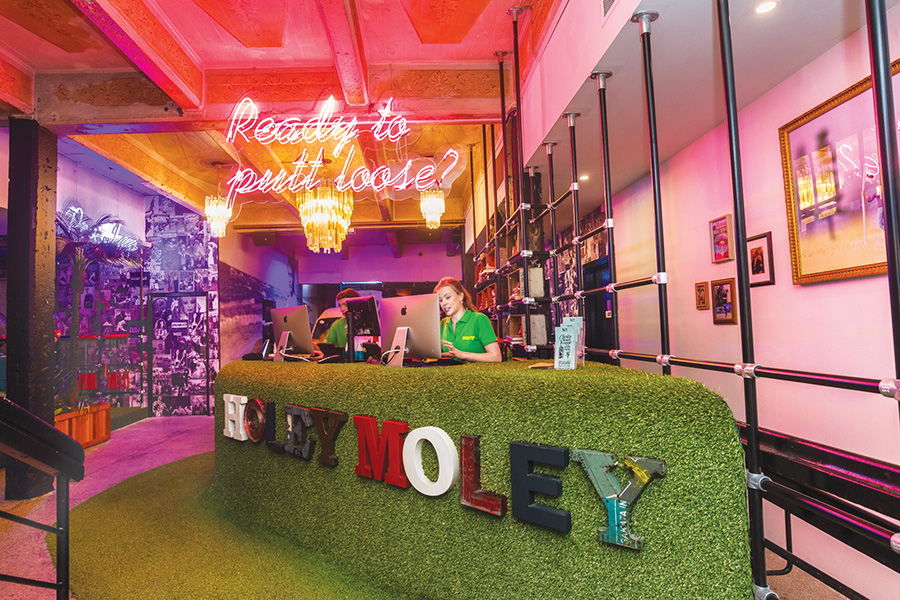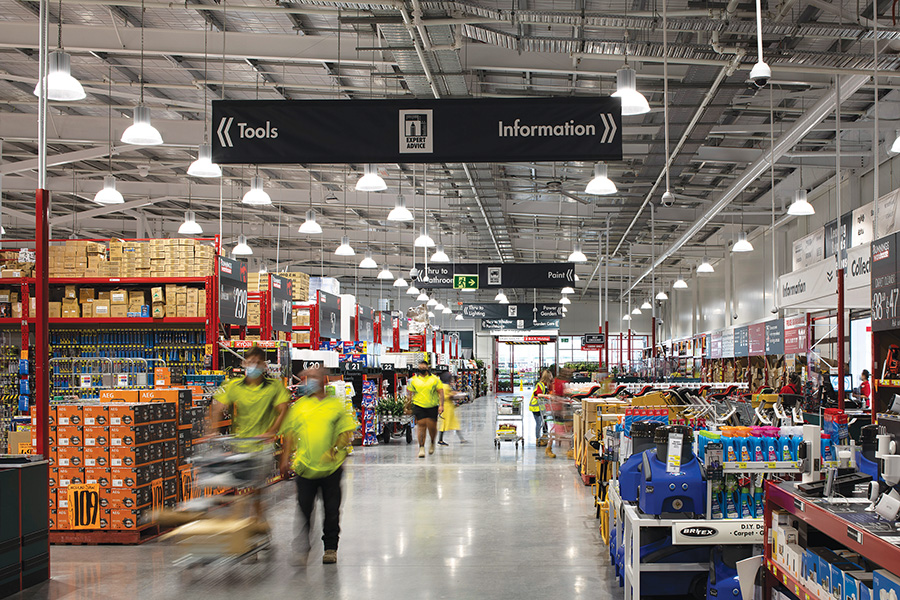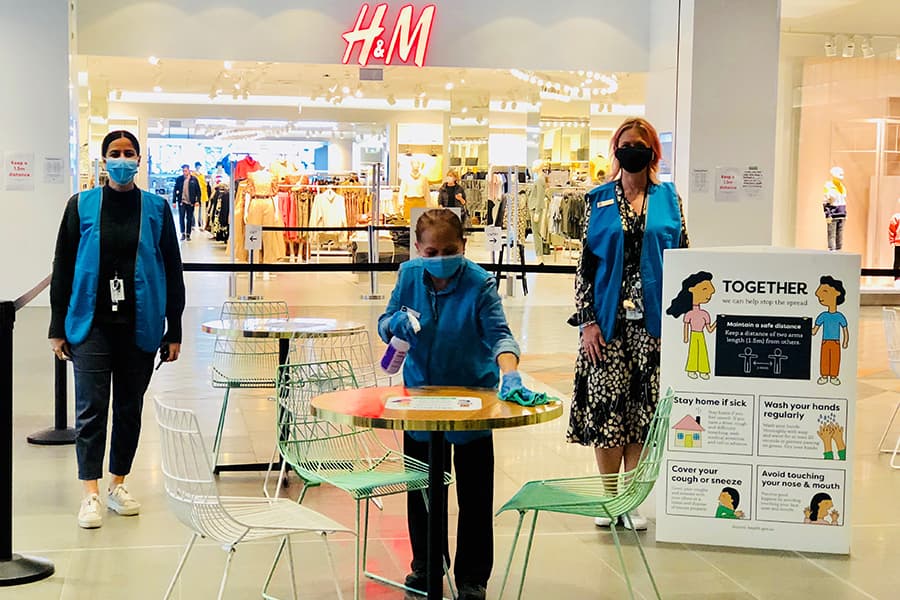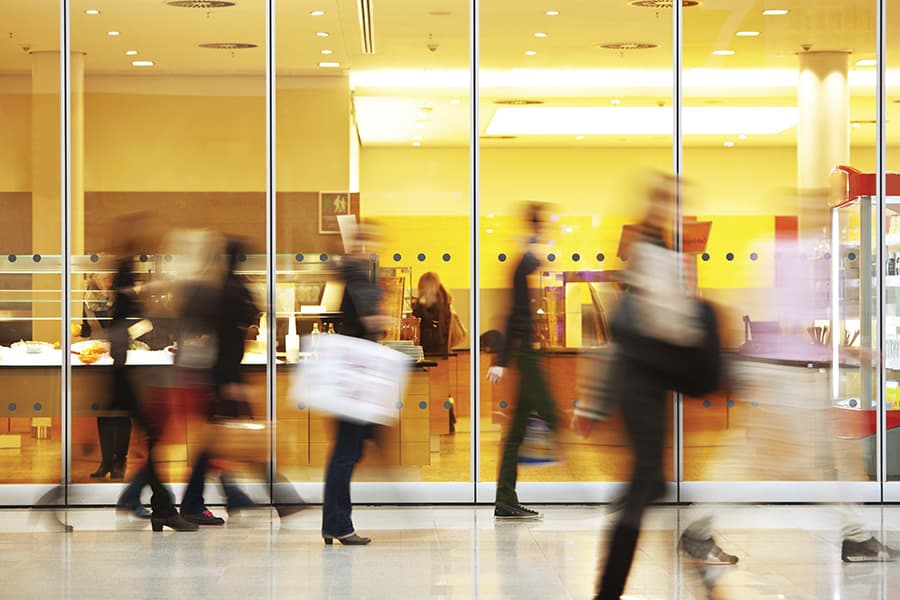The retail team at Colliers International analyses the evolutionary led changes to the composition of Australian shopping centres and key factors underpinning the resilience of bricks-and-mortar retailing.
There is no denying that the global retail sector is navigating through uncharted waters as consumers fundamentally adjust their priorities and behaviours.
However, the Australian retail sector has remained resilient and continued to evolve and adapt to the shifting consumer preferences.
Australian retailers and Australian shopping centre owners remain among some of the best performing companies in the world. This has been achieved through continuous improvements in the ways they operate and embrace changes and new technologies. Technological advancements are far from being a threat to the retail industry but provide many opportunities for progressive retailers and landlords to better engage with consumers and integrate themselves within their communities – which is what retail has always been about – a platform for social interactions.
The Australian retail property difference
The Australian retail environment has been in a state of evolution during the past five years, as e-commerce, offshore retailers and changing spending patterns provide challenges for retailers and centre owners alike. While some of these changes are well understood in the marketplace, and lessons have been learned from the impacts seen in the US and UK shopping centres, what is less understood is the resilience of Australian centres to these impacts.
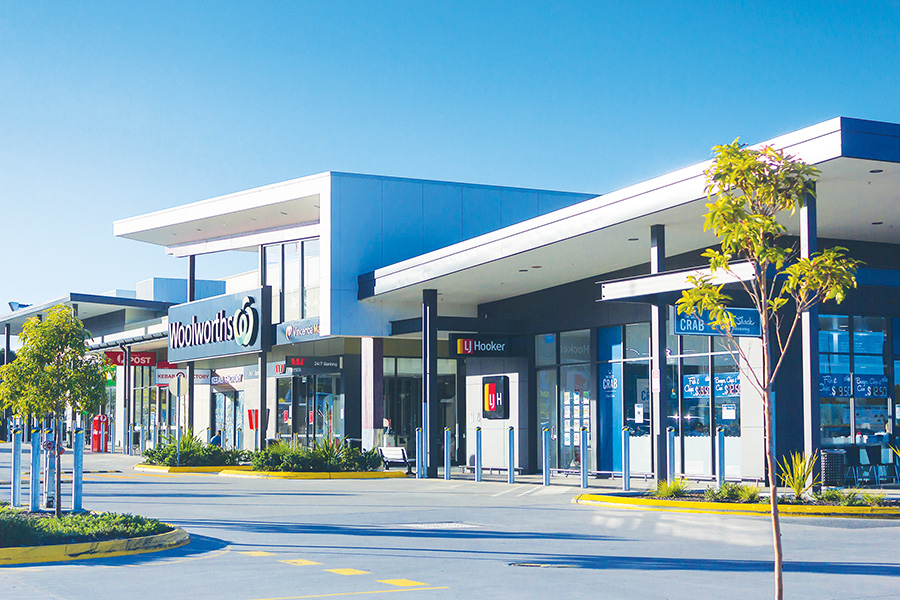
Almost 90% of Australians prefer to shop regularly at their local stores
Due to a rigid planning regime, Australia has a lower shopping centre supply per person, when compared to the US and Canada, which contributes to the high footfall in our centres and their subsequent success.
An analysis of some major centres across Australia, Canada, the UK and US reveals pedestrian to catchment ratios as high as 46:1 in Australia (Westfield Bondi Junction), meaning this centre generates traffic 46 times above its catchment size. This is a common trend, with Australian centres consistently recording traffic higher than comparable offshore centres.
The vast differences in our geographic make up means Australia is the lowest supplied country of the major western retail markets, with only 28.9m2 of retail space per square kilometre of habitable land, compared to 177.5m2 in the US, 50.4m2 in Canada and 65m2 in the UK.
Multi-channel retail strategies
Despite global headwinds, Australian retail across multiple sectors has remained relatively resilient and continues to grow. This is due to Australian shoppers continuing to enjoy the shopping experience in bricks-and-mortar stores. About a fifth of Australian consumers prefer to shop exclusively offline, the highest proportion of any country within the Asia Pacific region, according to surveys by Rakuten Marketing in 2018.
In contrast, only 2% of consumers in Australia would shop exclusively online, one of the lowest rates in the world. In comparison, 7% of American consumers are making their retail purchases online exclusively (Google Surveys, 2018). As a result, retail sales at bricks-and-mortar stores in Australia still account for about 95% of all retail activity, outperforming the US (circa 90%) and the UK (82%).
Numerous case studies have shown that online and offline retailing in Australia are complementary as opposed to supplementary as an overwhelming number (78%) of Australian consumers would shop both online and offline simultaneously.
As such, Australian retailers are increasingly adopting a multi-channel retailing strategy for their business. Notwithstanding the sound fundamentals that sustain, Australian shopping centres must continuously reinvent themselves to be relevant to the future generation of shoppers.
The experience economy
With online sales continuing to disrupt bricks-and-mortar retailers in their current form, retail landlords need to be open to ways of continuing to create ‘in person’ experiences. As such, Australia has well and truly begun the transition into an experience economy, with Australian consumers spending significantly more on entertainment and leisure activities than discretionary commodities.
The term ‘experience retail’ is on everybody’s lips, but the big question for landlords is how they can incorporate this without haemorrhaging cash.
The incorporation of entertainment concepts such as Holey Moley, Arcadia, EA Gaming theatres and the like, where cinema experiences are ramped up, are such concepts that are co-existing with the traditional entertainment pieces – the entertainment component enhances the dining-out and food and beverage experience.
Some of the ways in which landlords can maintain relevance and align with their tenants/retailers in an increasingly digitised world include:
Personal health and care:
In a world where everyone is becoming increasingly time poor and increasingly aware of health concerns, an emerging market is occurring in the holistic health and wellbeing space.
Such concepts wrap workouts in the gym with physio sessions, booking in for specialist doctor appointments, laser and cosmetic procedures, naturopath assessments and psychologist appointments all under the same roof.
Community hubs and social awareness:
Society’s increasing awareness of environmental concerns is giving rise to concepts like the NSW Return and Earn container deposit scheme, based around TOMRA’s Reverse Vending Machines. The redemption scheme whereby bottles and cans can be ‘cashed-in’ is providing ancillary benefits beyond the immediate benefits of reducing landfill and litter. These machines are driving returns for retailers through redemption partners in the centre but also the flow on effect of dwell time in centres while redeeming the recyclables.
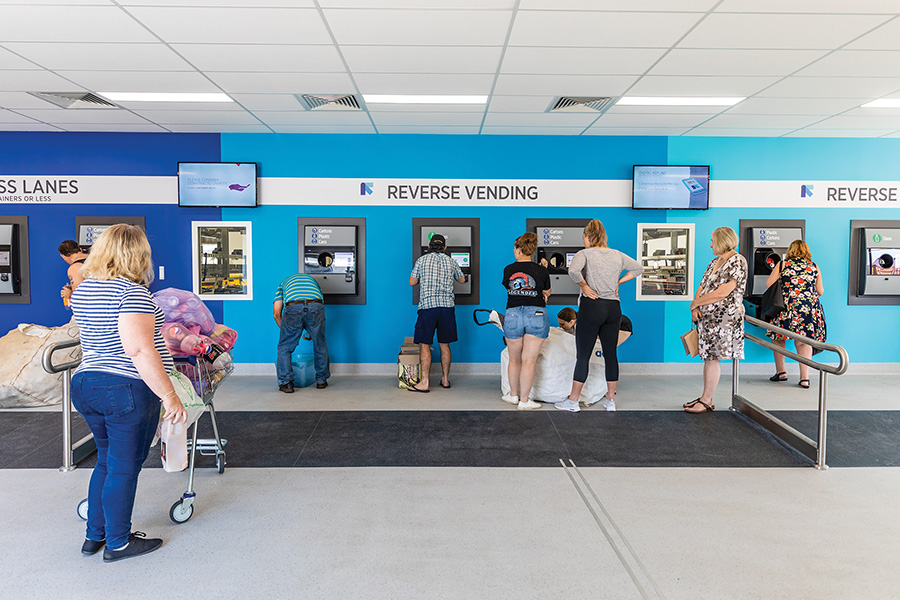
TOMRA’s Reverse Vending Machines
Dine-in options:
With Coles announcing its partnership with Uber Eats amongst a long list of others, landlords need to be thinking more about how they orientate their centres as hubs for takeaway food concepts.
Smart integration of pickup/dispatch points need to be considered, even to the point of making such precincts a focal piece of infrastructure.
The rise of localism
As shopping centres continue to evolve, so too does the mindset of the Australian consumer. The past decade has witnessed the rise of the localism sentiment within Australians. Once a social and economic phenomenon, localism is becoming a major influence on consumer preferences and purchasing decisions.
Neighbourhood residents are becoming increasingly attached to their local community and more involved with the stewardship of the places they share. Almost 90% of Australians prefer to shop regularly at their local stores and the majority are very much interested in local affairs and community events, according to surveys by Relationships Australia.
Localism is now recognised by sophisticated landlords and managers, know that having a nationally known brand over your shop front entry does not equal success.
We work with local businesses to understand and take into account the depth of the local market, the customer profile and the spending options available to the customers in that area, to ensure there is stickiness in regard to loyalty and repeat customer patronage.
It is important that shopping centres offer a point of uniqueness in a highly competitive market. Anything that makes the environment better for the customers is ideal; whether it is a well-designed car park, clean centre, great amenities, high level of safety, good retailers with staff training and local cafés, butchers and service operators.
Alternative uses enter conventional retail shopping centres
Zoning changes in cities are also having an affect on centre compositions, while we also see trade categories blur and expand as alternate retail uses enter conventional retail shopping centres.
With the current changing landscape of infrastructure in cities, landlords are now adapting to changes in the Local Zoning and Planning legislations for their Centres. These changes in legislation are enabling landlords to leverage upside by re-mixing and re-positioning the asset with mixed uses including Residential or Commercial in the retail mix.
The introduction of the Sofitel Hotel at Chadstone Shopping Centre and the development of residential apartments above Top Ryde City Shopping Centre are examples of this growing trend. When managing a project, there is now a need to bring together a group of specialists with the expertise to manage these mixed-use developments.
The Retail Team at Colliers International:
Michael Bate Head of Retail
Lachlan MacGillivray Head of Retail Investment Services
Alex Pham Research Director
George Wragge Director, Leasing
Dale McDermid Head of Retail Management
Adam Howard Director, Project Management


